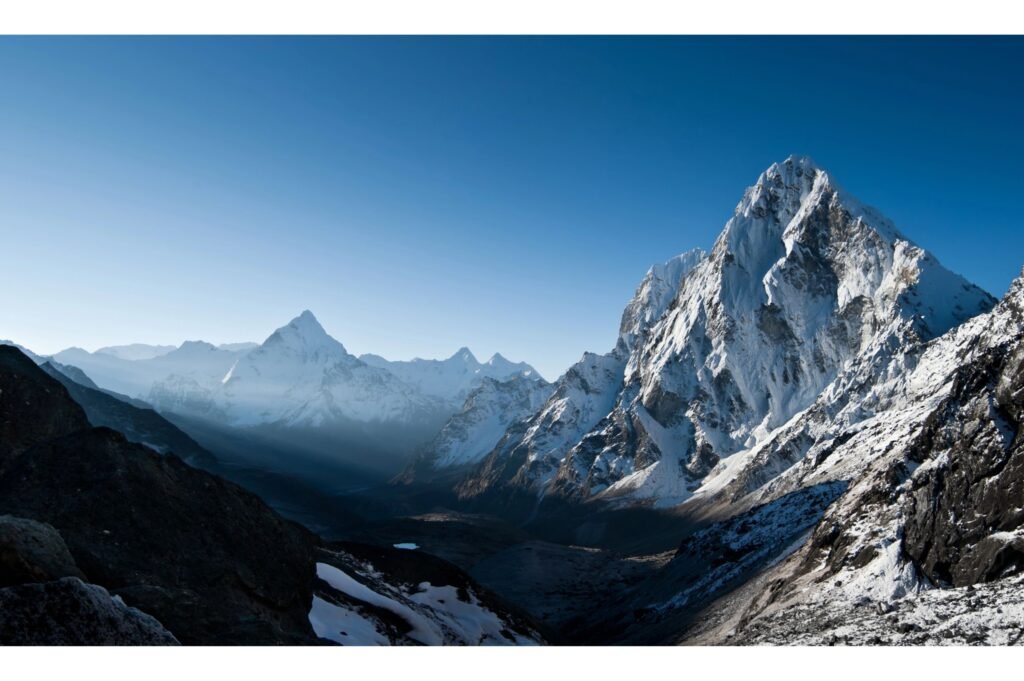What if lurking in the snowy shadows of the world’s tallest peaks is a creature so mysterious, it haunts both dreams and scientific debates? The Yeti, also known as the Abominable Snowman, has inspired fear, wonder, skepticism, and obsession for centuries. Imagine a figure—half-ape, half-man—leaving giant footprints on untouched Himalayan slopes, its presence whispered among villagers and trekkers alike. Is the Yeti a relic from a forgotten world, a clever snowbound bear, or a trick of the mind and snow? The legend endures, keeping the world guessing and the heart racing. Let’s step into the blizzard of facts, myths, and scientific quests that swirl around the Yeti.
The Birth of a Himalayan Legend
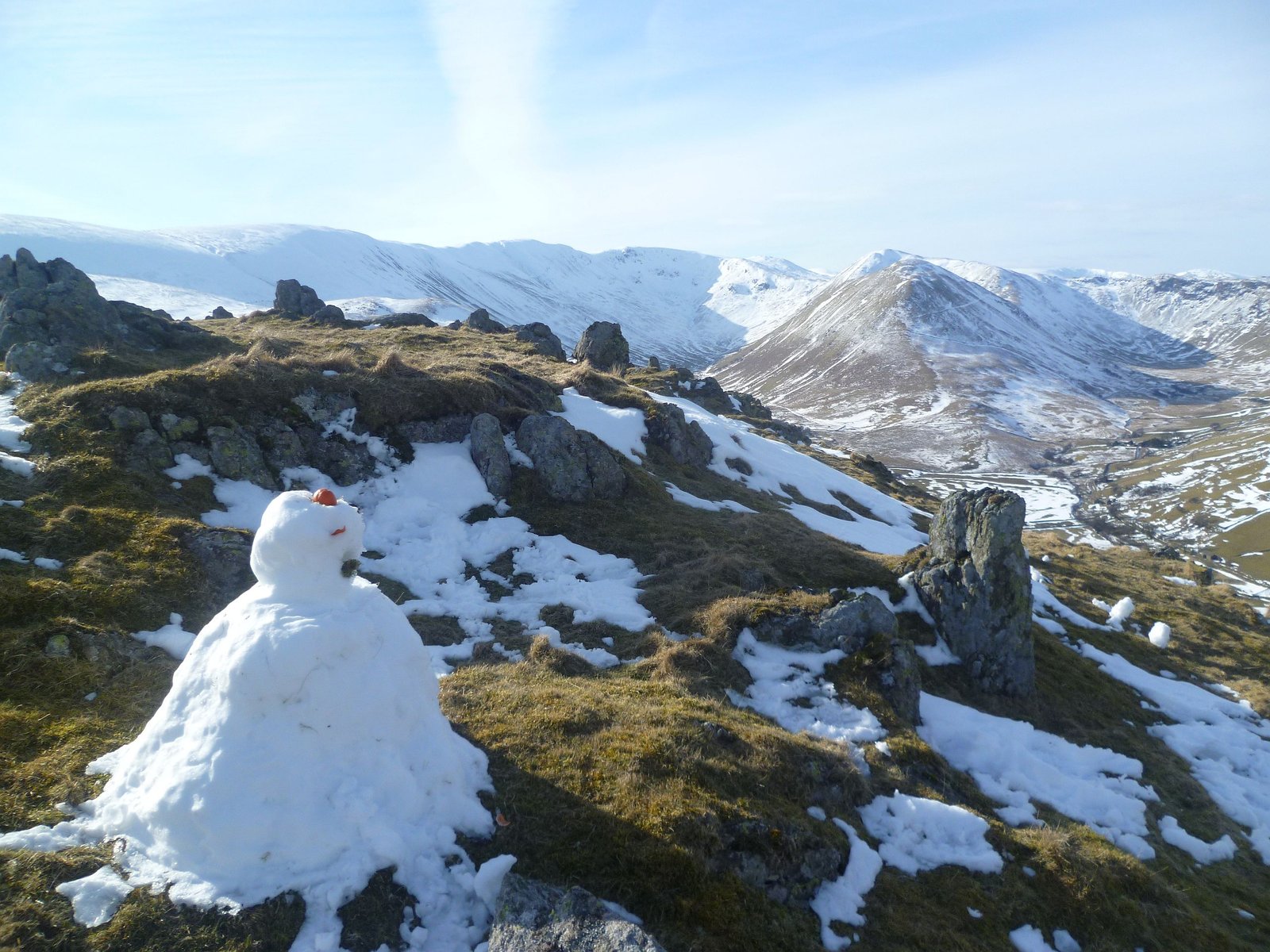
The story of the Yeti begins in the icy heart of the Himalayas, where local Sherpas and Tibetan villagers have told tales of a towering, shaggy creature for generations. These stories often describe the Yeti as a beast that stalks remote valleys, occasionally stealing livestock or leaving mysterious tracks. For these communities, the Yeti is not just a myth but a real presence—sometimes feared, sometimes revered. The legend has woven itself into local culture, appearing in religious texts, ancient rock paintings, and everyday conversation. Even today, children in Himalayan villages grow up with stories of the Yeti lurking just beyond the ridgeline. These oral traditions have kept the legend alive, fueling curiosity far beyond the mountains themselves.
First Western Encounters and Reports
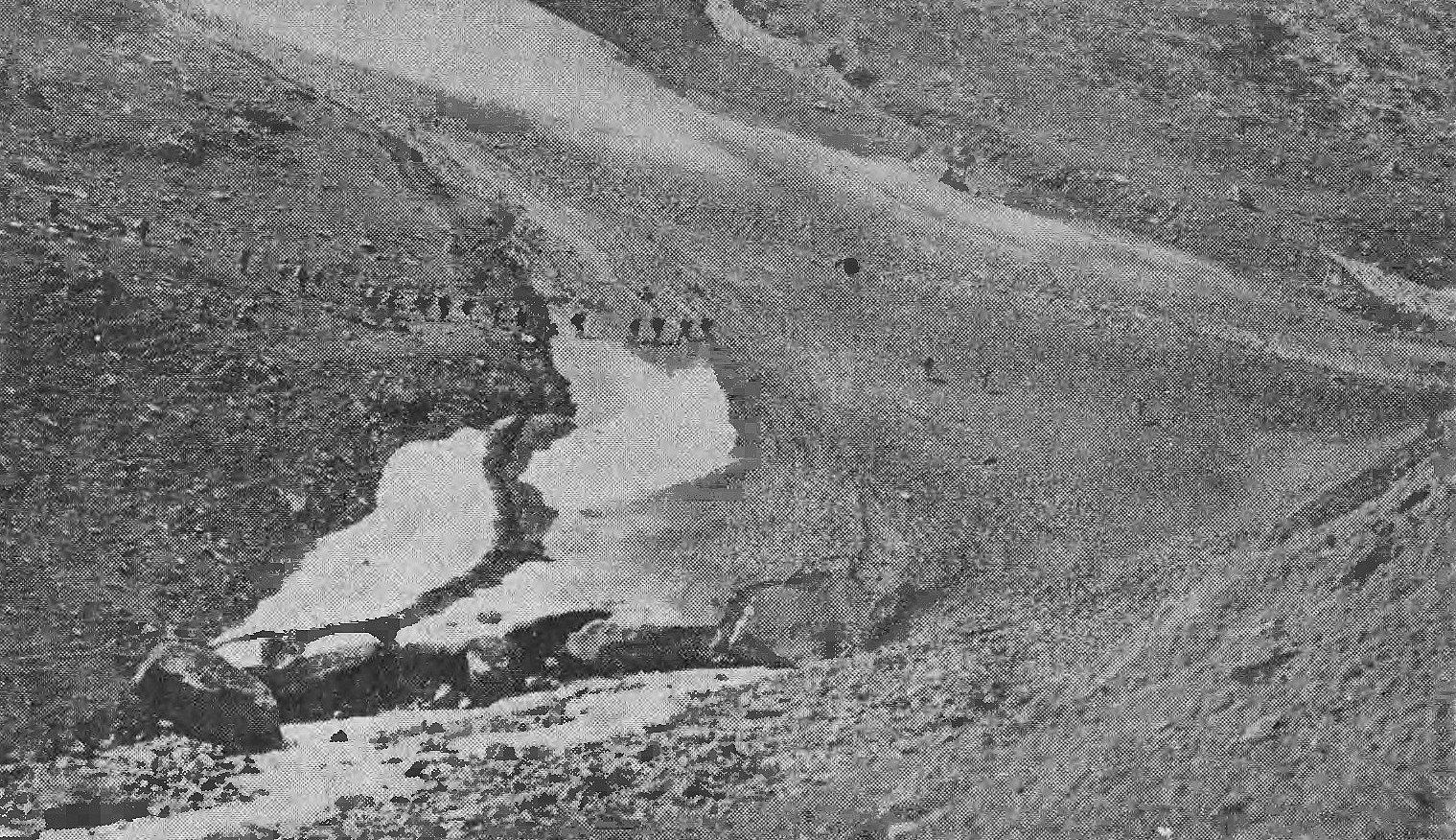
In the early 20th century, Western explorers heard whispers of the creature as they ventured into the Himalayas. The first major report came in 1921, when Lieutenant Colonel Charles Howard-Bury spotted strange footprints during a British expedition on Mount Everest. He described them as “footprints of a large, mysterious creature,” sparking intrigue back in Europe. Over the years, more climbers claimed to have seen or heard the beast, adding dramatic tales of midnight encounters and spine-chilling howls. These stories quickly made headlines, turning the Yeti into an international sensation. Suddenly, the world was gripped by “Yeti fever,” with journalists and adventurers racing to uncover the truth behind the legend.
The Footprints That Started It All
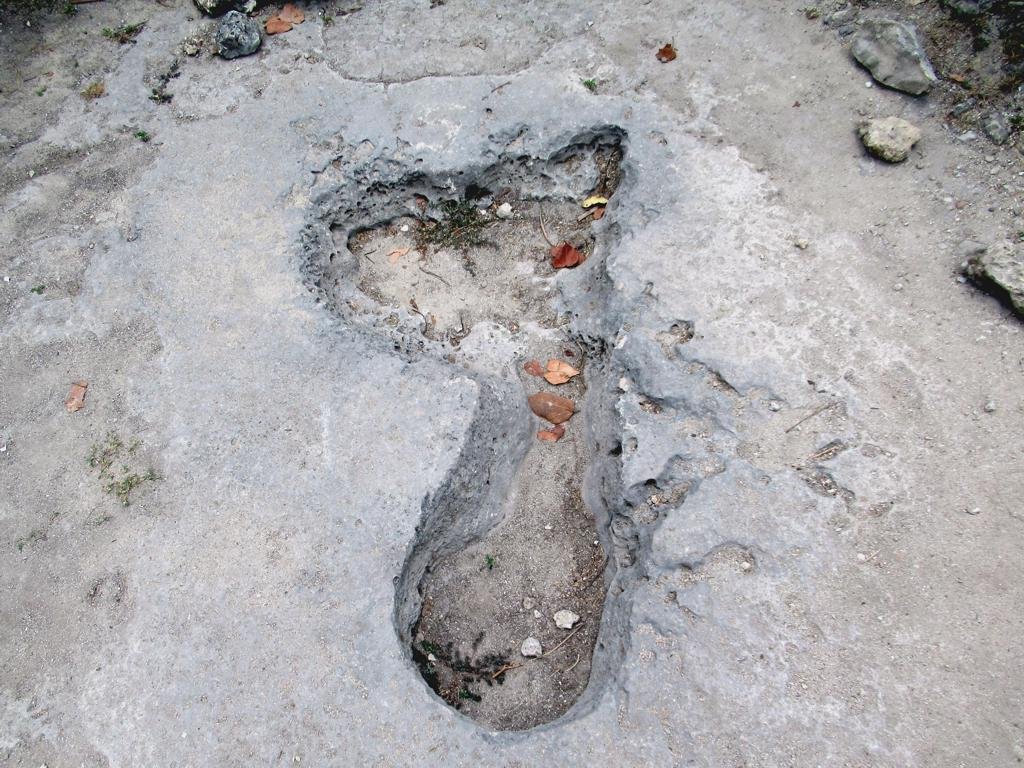
Perhaps nothing has fueled Yeti mania more than the huge, human-like footprints found in the Himalayas. These tracks, sometimes measuring up to 13 inches long, have been photographed and cast by explorers from the 1930s onwards. Most famously, in 1951, mountaineer Eric Shipton snapped a series of clear photos of giant footprints on the Menlung Glacier. These images rocked the scientific community and ignited a global debate. Were these prints left by an unknown animal, or were they simply bear tracks distorted by melting snow? The footprints remain one of the most tangible pieces of evidence, but also one of the most hotly contested.
Eyewitness Accounts: Fact or Fancy?
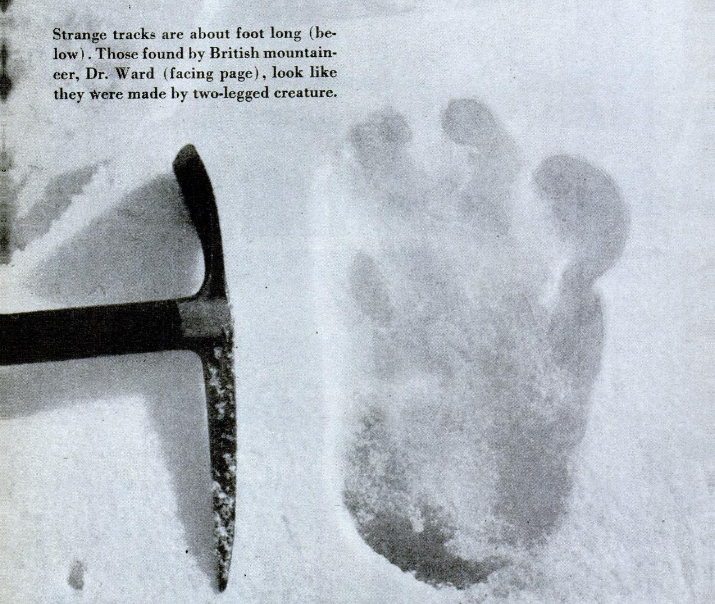
Eyewitnesses are the backbone of the Yeti legend, with hundreds of reported sightings spanning decades. Some describe a towering, ape-like figure covered in white or reddish-brown fur, moving upright across snowy slopes. Others recall hearing strange whistles or guttural cries echoing through remote valleys. But human memory is tricky—especially in the thin air and blinding whiteouts of the Himalayas. While some accounts are wildly inconsistent, others share remarkable similarities. Are these people seeing the same thing, or is the Yeti a mirror for our deepest fears and hopes? The power of suggestion, fatigue, and the sheer isolation of the mountains all play a role, making it hard to separate truth from imagination.
The Role of Local Folklore and Spiritual Beliefs
For many Himalayan peoples, the Yeti is more than a physical creature—it’s a guardian spirit, a warning, or a symbol of nature’s wild power. Some Buddhist monasteries keep supposed Yeti relics, such as scalps or bones, which are revered by locals. These objects are often displayed with sacred rituals, highlighting the spiritual significance of the Yeti in these cultures. The creature appears in ancient texts and religious art, sometimes as a protector, sometimes as a menace. This deep-rooted belief system has helped the legend survive, even as modern science attempts to explain it away. The Yeti’s spiritual role blurs the line between myth and reality, making the search for evidence as much about understanding culture as biology.
Scientific Expeditions and Investigations
The quest for the Yeti has attracted scientists from around the world, eager to solve the riddle using modern tools. Expeditions have combed the Himalayas with cameras, traps, and DNA kits, hoping to catch a glimpse or collect a sample. In the 1950s, famed mountaineer Sir Edmund Hillary led a high-profile mission to investigate Yeti claims, examining supposed relics in monasteries and interviewing locals. More recently, teams have set up camera traps and collected hair samples for genetic analysis. Despite the best efforts, hard evidence remains elusive. Each failed mission seems to deepen the mystery, keeping hope alive for future discoveries.
DNA Analysis: Separating Fact from Fiction

In recent years, advances in DNA technology have revolutionized the search for the Yeti. Scientists have analyzed hair, bone, and even scat samples claimed to belong to the creature. In 2017, a groundbreaking study tested nine such samples from across the Himalayas. The results were surprising but disappointing for Yeti believers: most samples belonged to local bears, such as the Himalayan brown bear or Asiatic black bear. A few turned out to be from cows or dogs. While these findings cast doubt on the existence of an unknown hominid, they also showed how easily stories can grow from misidentified evidence. DNA testing is the sharpest tool yet for separating legend from reality.
The Bear Theory: A Case of Mistaken Identity?
One of the most compelling scientific explanations for the Yeti legend is simple: bears. The Himalayas are home to several species of bears, some of which can walk upright for short distances, leaving tracks that resemble human footprints—especially when the snow melts and distorts the print’s shape. Bears are powerful, unpredictable, and capable of terrifying roars. When glimpsed from a distance, especially in harsh weather, it’s easy to see how a bear could be mistaken for something otherworldly. Many researchers now believe that most Yeti sightings can be traced back to bears, but the myth persists, fueled by our love of mystery.
Fossil Evidence and Ancient Hominids
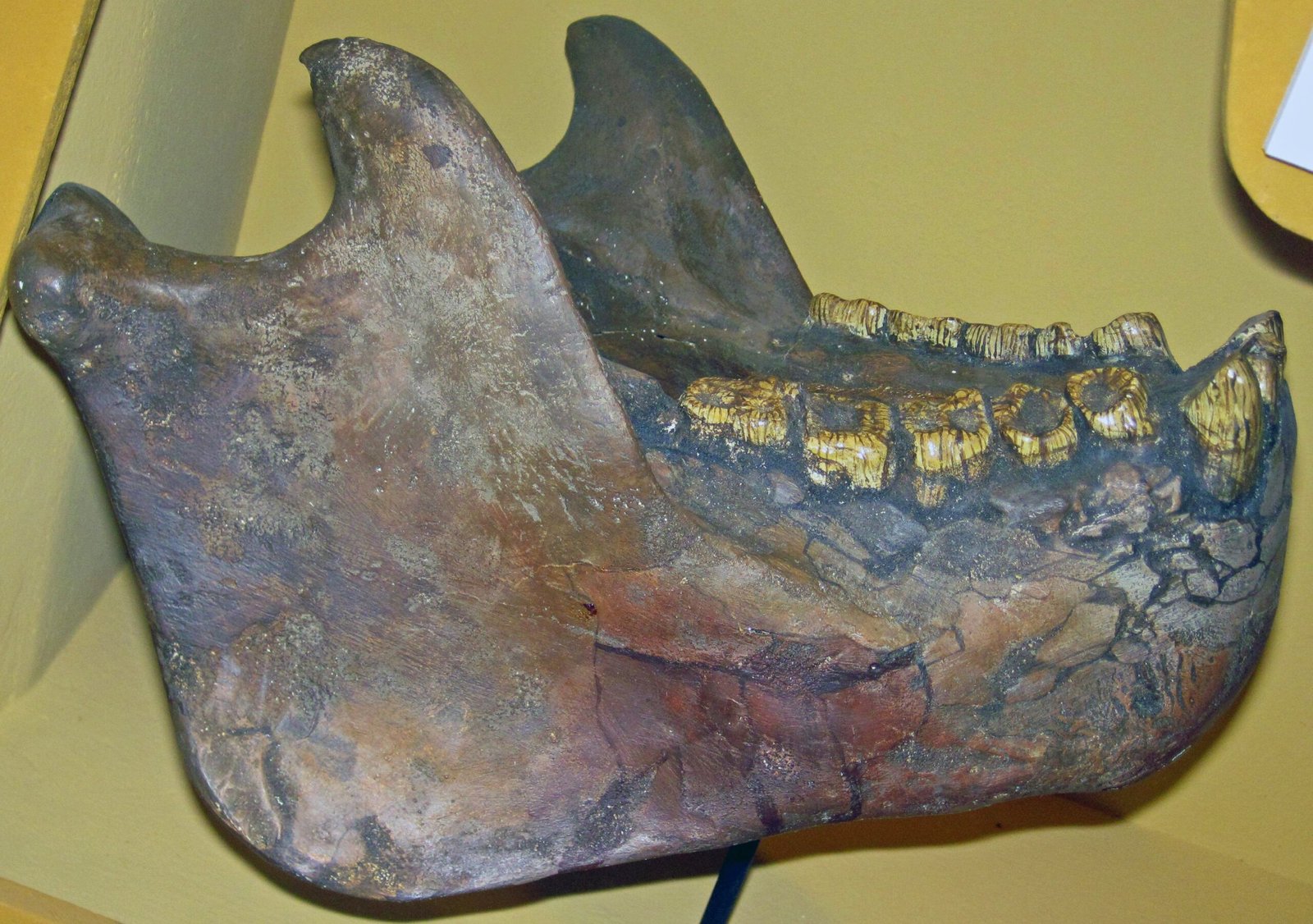
Some scientists have wondered if the Yeti might be a surviving relative of prehistoric hominids, such as Gigantopithecus—a giant ape that lived in Asia hundreds of thousands of years ago. Fossil remains of these creatures show they were massive, possibly standing over 10 feet tall. Although no evidence suggests they survived into modern times, the idea is tantalizing. It’s a thrilling thought: what if a hidden population of ancient giants still roams the world’s wildest mountains? While most paleontologists dismiss this as unlikely, the possibility keeps imaginations running wild.
Pop Culture and the Global Yeti Craze

The Yeti has stomped its way from Himalayan folklore into movies, books, cartoons, and even video games. Films like “The Abominable Snowman” and animated features have cemented the creature in popular culture. Its image appears on everything from energy drinks to action figures, and tourism boards use the legend to lure adventurers to Nepal and Tibet. The Yeti has become a symbol of the unknown—a reminder that there are still mysteries left in the world. This pop culture explosion has kept the story alive, ensuring that each new generation finds its own way to wonder about the creature in the snow.
Psychology of Belief: Why Do We Want the Yeti to Exist?
There’s something deeply human about our fascination with the Yeti. It taps into our primal fear of the unknown and our hope that the world still holds secrets. For some, believing in the Yeti is a way to push back against a world that feels too mapped, too explained. Psychologists suggest that monsters like the Yeti serve as metaphors for our anxieties and dreams. The harsh, remote Himalayas become a canvas for our imagination—a place where science and fantasy blur. Our brains are wired to see patterns and faces, even where there are none, making it easy to believe in what we desperately hope to find.
Tourism and the Yeti Economy
The Yeti isn’t just a legend; it’s big business. In Nepal, the creature draws thousands of trekkers and climbers each year, all hoping for a glimpse or at least a good story. Yeti statues dot the streets of Kathmandu, and shops sell Yeti-branded tea, beer, and souvenirs. Some villages claim to have Yeti relics on display, charging tourists to take a look. Guides spin tales of strange sightings to wide-eyed visitors, blending fact and fiction to keep the legend alive. The Yeti has become an economic lifeline for many communities, proving that sometimes, myths can be as valuable as gold.
The Challenge of Searching in Extreme Environments

Hunting for the Yeti is no easy task. The Himalayas are among the harshest, most unforgiving landscapes on Earth. Blizzards, avalanches, and treacherous terrain make even the simplest expedition a life-threatening challenge. Altitude sickness, frostbite, and exhaustion are constant companions. Equipment fails, batteries freeze, and visibility can vanish in a heartbeat. These conditions make it nearly impossible to gather solid evidence or stage long-term research. Every search for the Yeti is an adventure in itself, where even the smallest discovery feels like a triumph.
Comparisons to Other Global Cryptids

The Yeti isn’t alone in the world of legendary creatures. Across the globe, cultures tell stories of mysterious, ape-like beings: Bigfoot in North America, the Almas in Central Asia, and the Orang Pendek in Indonesia. Each creature is rooted in local history but shares striking similarities—a large, hairy figure seen in remote forests or mountains. These legends offer a fascinating glimpse into the universal human need to imagine what might be hiding just out of sight. Comparing these stories reveals patterns in the way we think about nature, monsters, and the wild places left in our world.
Media Sensation and the Spread of Yeti Stories

The rise of mass media turned the Yeti from a local legend into a global phenomenon. Newspapers, radio, and later television, eagerly reported every new footprint or sighting, often with breathless excitement. Sensational headlines promised “proof” just around the corner, stoking public interest and fueling more expeditions. The media’s appetite for mystery helped shape the modern image of the Yeti, blending fact, fiction, and outright hoax into a heady mix. Even today, viral videos and social media posts keep the legend alive, spreading rumors faster than ever before.
Hoaxes, Mistakes, and Misunderstandings
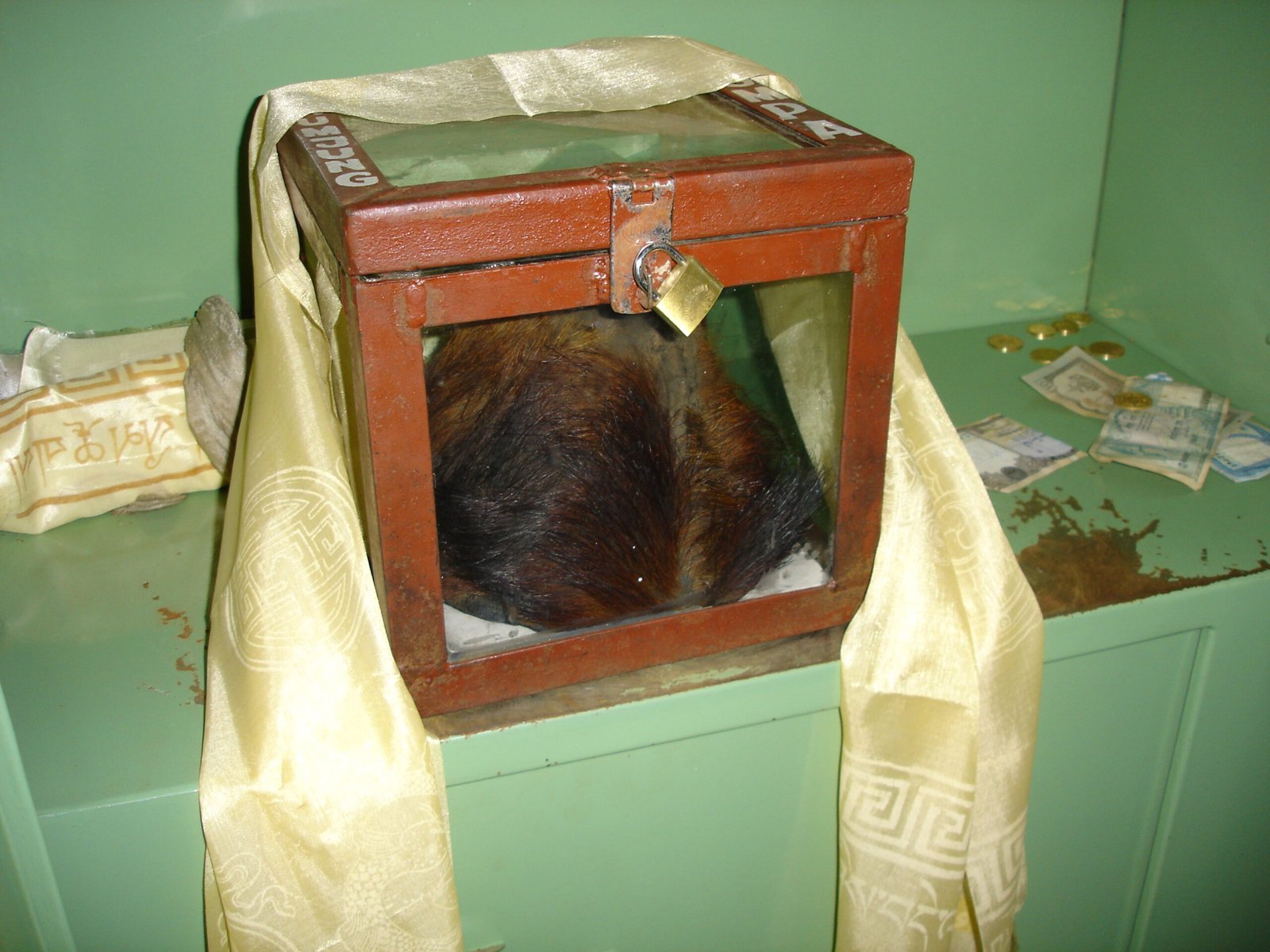
Not every Yeti story is born of honest belief. Over the years, some supposed evidence has turned out to be deliberate hoaxes or simple mistakes. In the 1960s, one “Yeti scalp” displayed in a monastery was proven to be made from the hide of a Himalayan goat. Photographs of footprints have sometimes been staged, or simply the result of natural processes like melting snow. These revelations haven’t killed the legend, but they have made researchers more cautious. Each exposed hoax is a reminder of how easily our longing for wonder can cloud our judgment.
Modern Technology and the Future of Yeti Research
Today, researchers have tools that early explorers could only dream of: satellite tracking, motion-sensing cameras, and advanced genetic analysis. Drones can scan vast, inaccessible areas, while portable DNA labs can test samples on-site. These technologies offer hope that, if the Yeti exists, we might finally find solid proof. But so far, the more we search, the more the creature seems to slip away. The future of Yeti research will likely depend on a careful blend of open-minded exploration and scientific skepticism.
Climate Change and the Vanishing Wilderness
The Himalayas are changing fast. Melting glaciers, shrinking forests, and growing human settlements are transforming the landscape. These changes make it harder for large, unknown animals to remain hidden—and harder for researchers to search for them. Some worry that, even if the Yeti once existed, its habitat is disappearing before our eyes. The legend of the Yeti now serves as a reminder of the fragility of the world’s wild places, and the urgent need to protect them before more mysteries vanish forever.
Personal Encounters and Lifelong Obsessions
For many who have searched for the Yeti, the experience becomes a lifelong obsession. Some spend years chasing rumors, collecting stories, and braving the mountains in search of that one undeniable clue. These modern-day adventurers are driven by hope, curiosity, and sometimes a deep need to believe in something bigger than themselves. Their passion keeps the legend alive, inspiring others to ask questions and dream of what might still be waiting in the world’s hidden corners.
What the Yeti Teaches Us About Ourselves
In the end, the Yeti is more than a monster in the snow—it’s a reflection of human curiosity, courage, and imagination. The search for the Yeti pushes us to explore the limits of our world and our understanding. It reminds us that, even in an age of satellites and smartphones, there are still places—and ideas—that remain wonderfully, stubbornly unknown. The Yeti is a symbol of the mysteries that endure, inviting us all to keep looking, wondering, and believing that the world holds more secrets than we can ever imagine.

